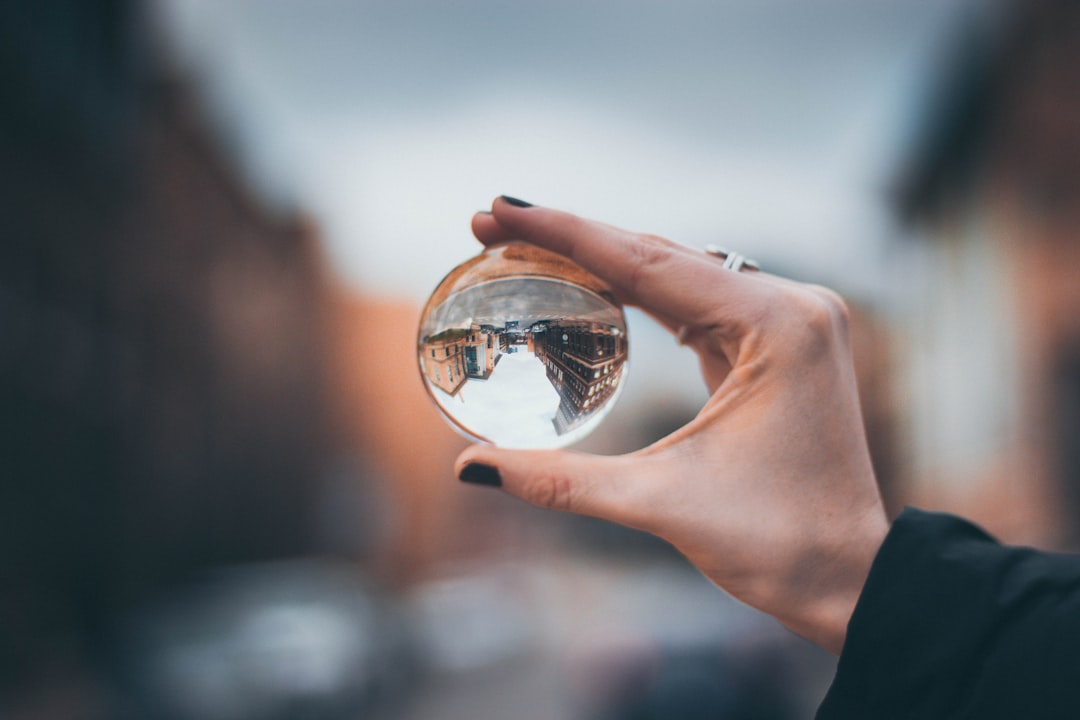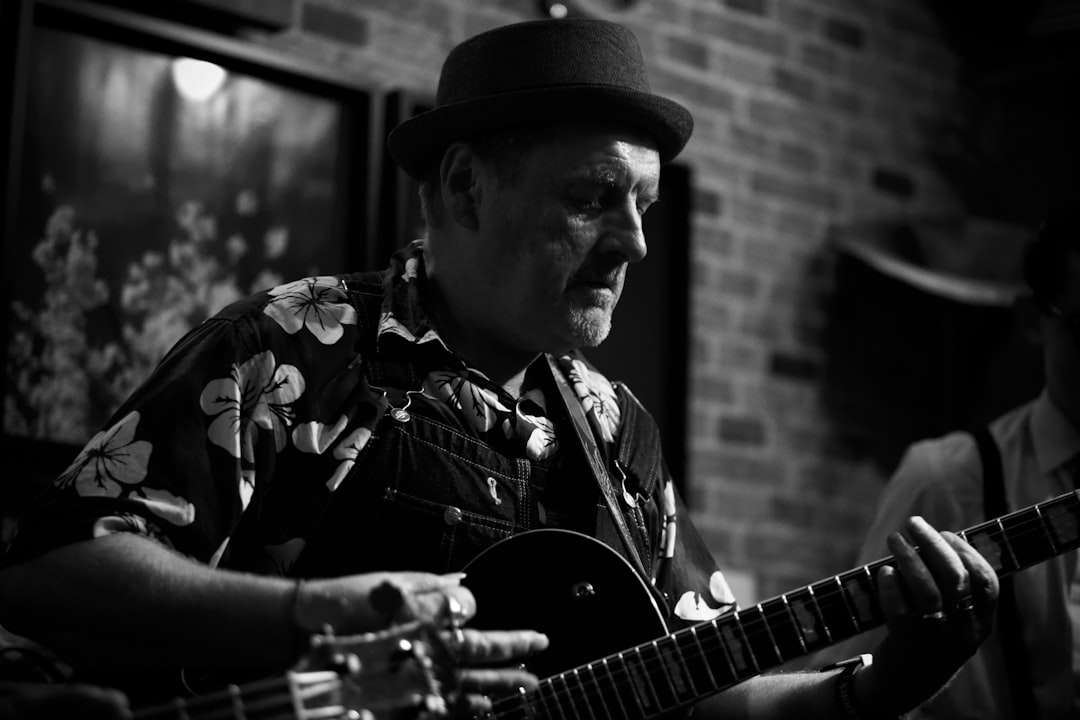What is it about?
This article explains how our shared cultural understandings of what it means to be an 'artist' are implicitly based around men's experiences and perspectives.
Featured Image
Why is it important?
Better understanding how our concept of "artist" is implicitly masculinized can help us pinpoint how gender inequality is developed and maintained in artistic careers. Women artists are numerically underrepresented in most creative fields, and have difficulty achieving equal recognition for their work. This paper helps to shed light on the social mechanisms underlying these dynamics.
Perspectives
This paper came about because I was looking for some reference material that applied Joan Acker's work on gender and the ideal-typical worker specifically to artistic workers. I thought that in some ways, this would be a straightforward application, but in other ways Acker's theory would need to be modified to account for some of the unique features of artistic careers, such as the need for constant entrepreneurship and the importance of reputation and symbolic rewards. After searching for a publication that would help me think through these issues, I realized that it didn't exist and decided to write it.
Ms Diana L Miller
University of Toronto
Read the Original
This page is a summary of: Gender and the Artist Archetype: Understanding Gender Inequality in Artistic Careers, Sociology Compass, February 2016, Wiley,
DOI: 10.1111/soc4.12350.
You can read the full text:
Contributors
The following have contributed to this page










